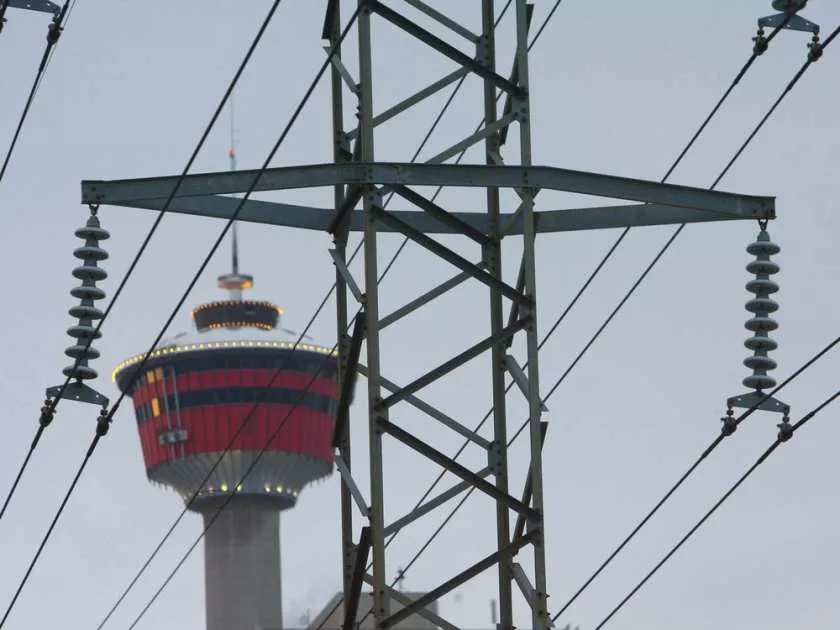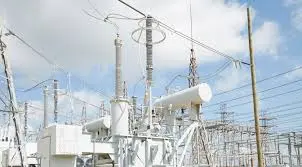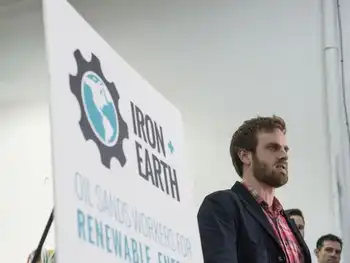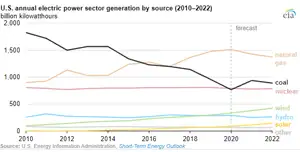Wild Antarctic Winds to be Harnessed for Power
- CANBERRA, Australia - Australia is embarking on an ambitious US $2.3 million program to take wind power further than it has ever been, by harnessing Antarctic gales for full scale electricity generation. A wind farm is to be built at Mawson in Eastern Antarctica to meet much of the station's energy demand by slicing turbine blades into the katabatic winds that howl off the polar ice cap daily. Towers will be built to withstand gusts of up to 300 kilometers per hour, and generate power in winds up to 130 kilometers per hour before they automatically shut down. Such demands are higher than anywhere else, according to project officials.
"No existing turbine does this," said Peter Magill, of the Australian Environment Department's Antarctic Division. "The average wind we have at the site is potentially the strongest in the world. It was very difficult to find a manufacturer who was willing to sell us a turbine that could stand that." Under the project, three 34 meter high towers, each capable of generating 300 kilowatts of power, will be built at Mawson among existing station buildings that line a horseshoe shaped granite natural harbor. Construction is to start next summer, and be completed the following season.
The 30 meter diameter blades will be built to chew through average annual winds of 43 kilometers per hour (kmh). This compares to what the Australian Bureau of Meteorology said was an average annual wind speed of 5.0 kmh in central Melbourne, and 9.6 kmh at Sydney Airport.
Like other turbines, Mawson's will be designed to 'feather' their blades - exposing less surface area as winds strengthen. But whereas the latest generation of machines internationally shuts down automatically at winds of around 90 kmh, these will be built to continue. "No other machine currently operating in the world would carry on at these speeds," said Alan Langworthy, managing director of the contracted firm, Powercorp. "This is the leading edge."
Among the engineering challenges, project builders must first come up with a way of fixing the towers through concrete into Mawson's granite so they are stable. The maximum gust recorded in 50 years of Australian occupation of the station is 252 kmh. The towers and machinery to be built by German company Enercon will look similar to any that might be found today outside a European town.
But Langworthy said they would have to be strengthened, not only against the wind, but the effects on steel of cold temperatures. Their inner workings must also be sealed against the entry of fine blizzard blown snow. He said the Enercon machines also had advantages because they were gearless, instead using a ring generator that rotated at the same speed as the propellor. The computer-linked "brains" of the machine is being developed by Darwin-based Powercorp, which has partnered Enercon in large-scale Australian projects.
Most nations in Antarctica are experimenting with wind power in, but Mawson's will be ten times the capacity of the next largest, a 30 kilowatt machine at a German station. Currently up to 800,000 liters of special Antarctic blend diesel fuel is shipped to Mawson yearly to generate light, power and heat. This project is intended to replace up to 80 per cent of fuel-generated power, and Mr Langworthy said technology was being developed to take it the next step towards 100 per cent replacement.
Related News
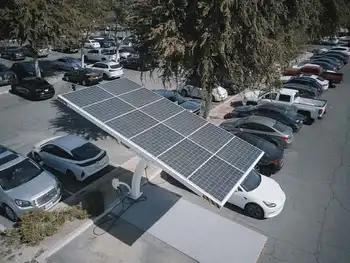
Europe's EV Slump Sounds Alarm for Climate Goals
BERLIN - A recent slowdown in Europe's electric vehicle (EV) sales raises serious concerns about the region's ability to achieve its ambitious climate targets. After years of steady growth, new EV registrations declined in key markets like Norway, Germany, and the U.K. in early 2024. Experts are warning that this slump jeopardizes the transition away from fossil fuels and could undermine Europe's commitment to a net-zero emissions future.
Factors Behind the Decline
Several factors are contributing to the slowdown in EV sales:
- Reduced Incentives: Many European countries have scaled back generous subsidies and tax breaks for EV purchases.…

